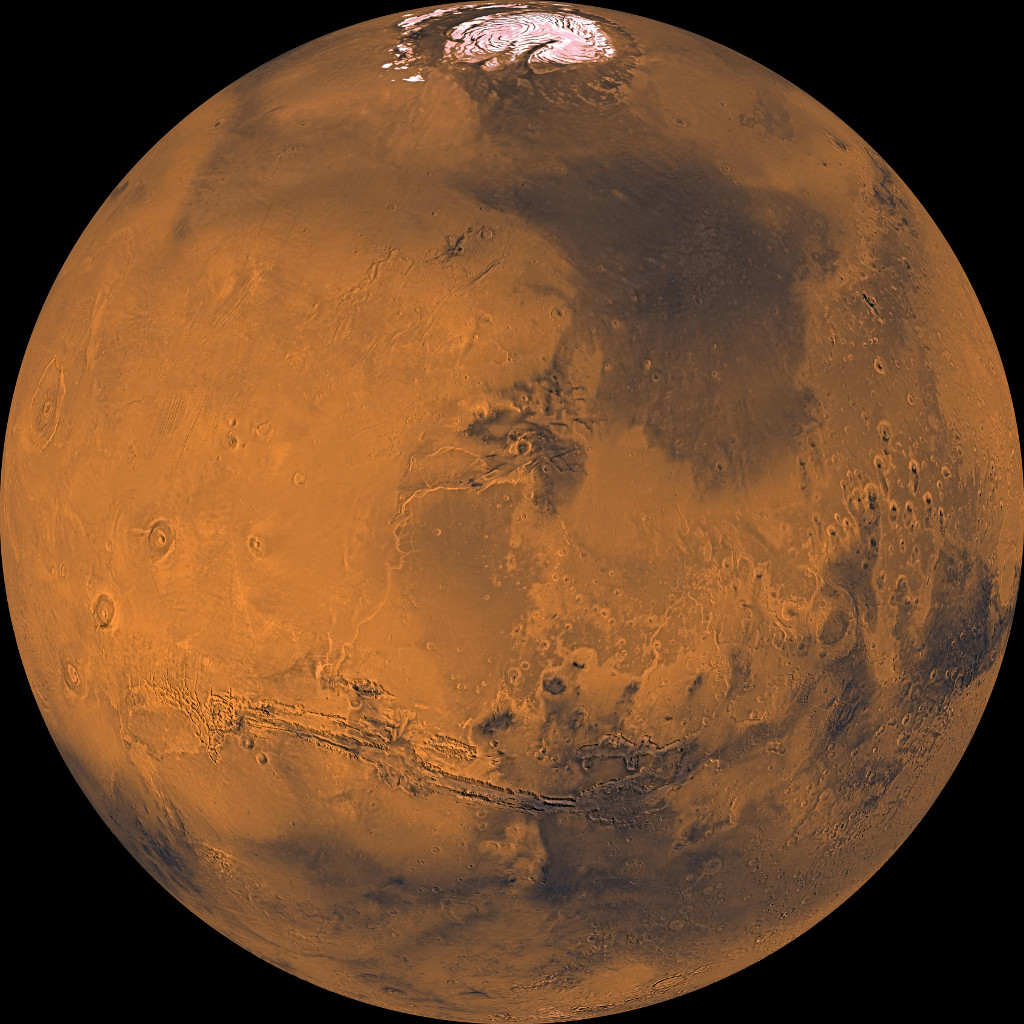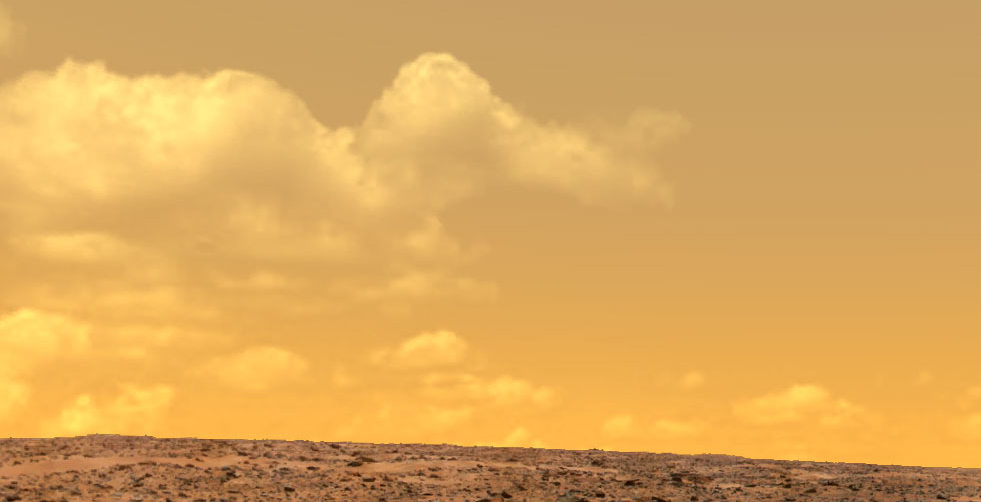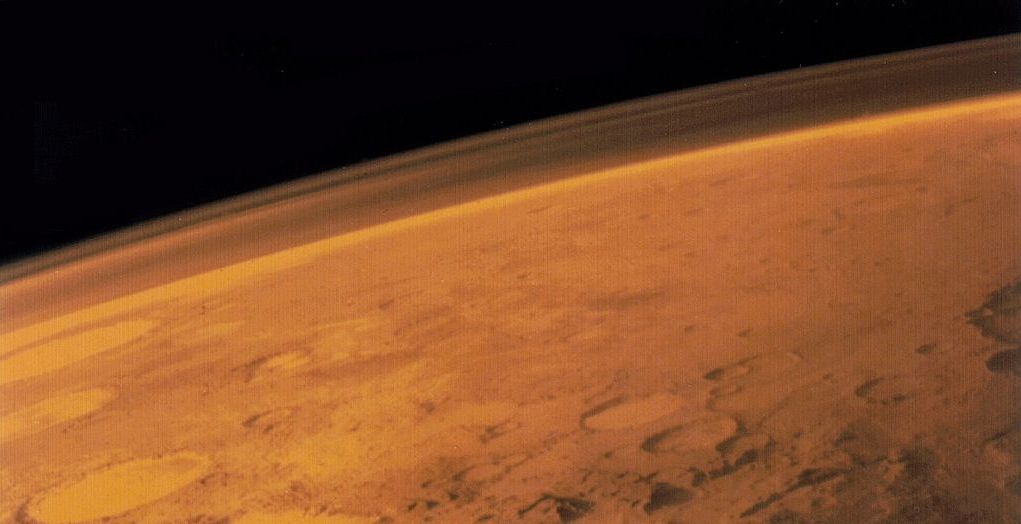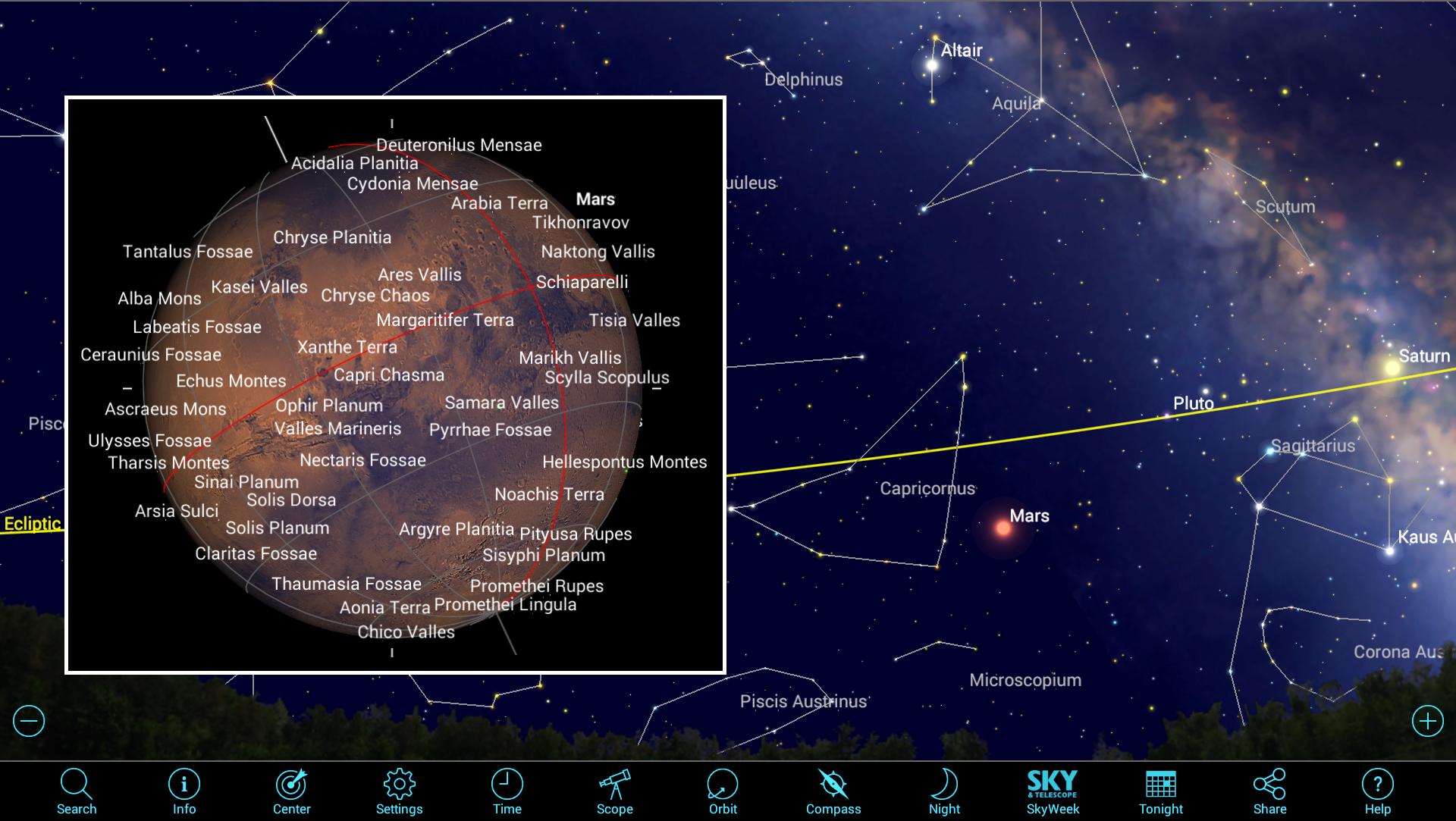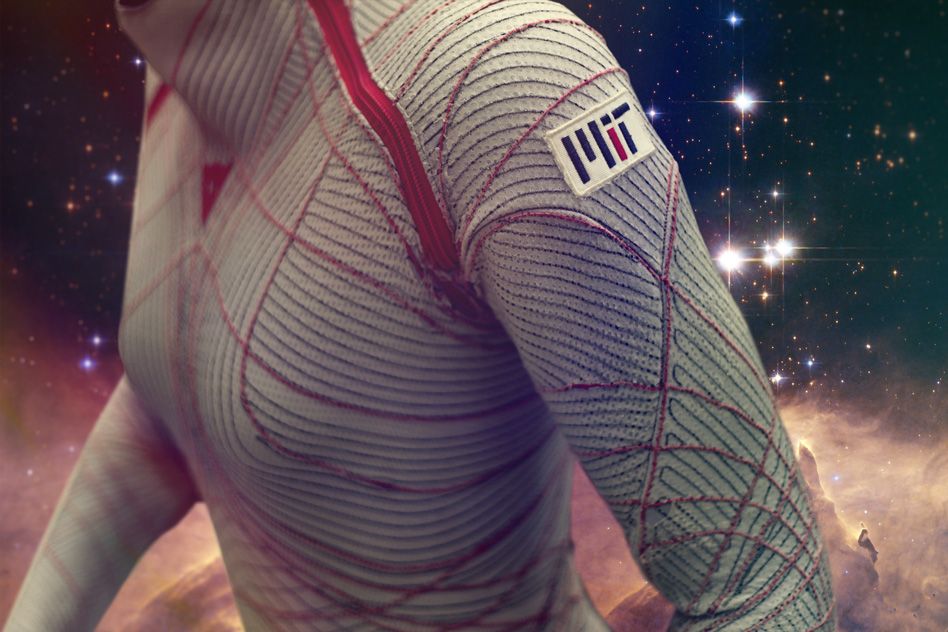JPL posted a nifty panorama from Curiosity today.
There’s also a video description at https://www.youtube.com/watch?v=U5nrrnAukwI.
(Regarding the color of the sky, note the comment at the end of the video: “To aid geologists, colors in the image are white balanced so rocks appear the same color as the same rocks would on Earth.”)




